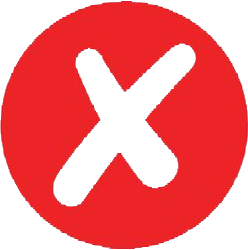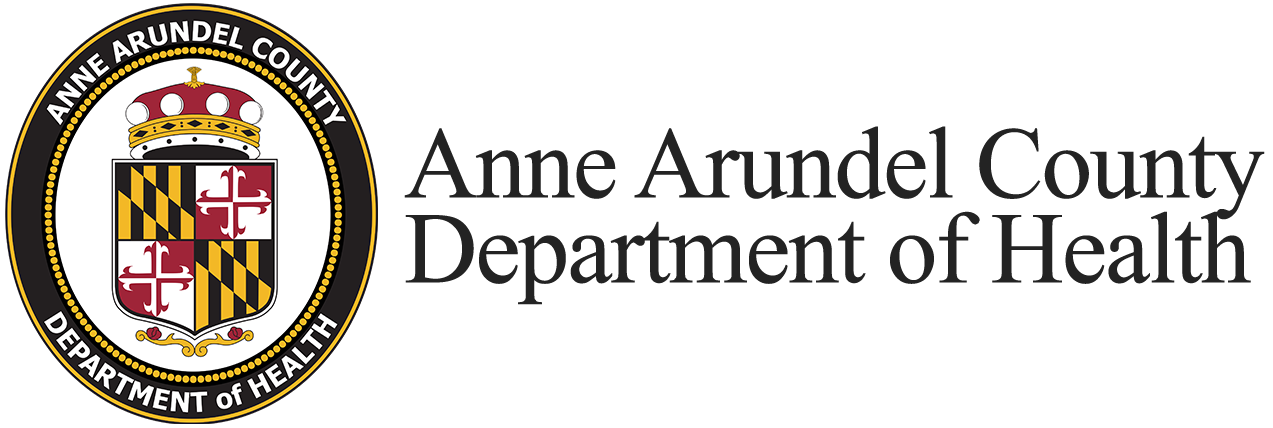Suicide Prevention is Possible and Anyone Can Help Prevent Suicide
Nonstigmatizing Language
Talking about suicide will not make someone have suicidal thoughts or increase someone’s risk of suicide. When talking about suicide, it is important to avoid words and phrases that carry negative meanings to decrease stigma.
Words to use:

- Died by suicide
- Suicide attempt
- Attempt survivor
- Suicide loss survivor
Words to avoid:

- Committed suicide
- Successful attempt
- Unsuccessful or failed attempt
More information about suicide prevention language:
Risk and Protective Factors
There is no single cause of suicide, but there are factors that affect the likelihood of someone experiencing suicidal thoughts or attempting suicide.
A risk factor is a characteristic that increases the likelihood of a negative outcome. This may include:
- Physical or mental health challenges
- Substance use
- Previous suicide attempt(s)
- Loss of a loved one
- Isolation
- Exposure to violence
- Societal stigma
A protective factor is a characteristic that reduces the likelihood of and protects against a negative outcome. This may include:
- Effective coping and problem-solving skills
- Strong sense of identity
- Supportive family and friends
- Feeling connected to community and social groups
- Access to behavioral health care
- Reduced access to lethal means
- Cultural, religious or moral objections to suicide
More information about risk and protective factors:
Warning Signs
Most people show warning signs that indicate they may be thinking about suicide.
Warning signs may include:
Talking about thoughts of suicide, such as:
- Killing one’s self
- Feeling hopeless
- Having no reason to live
- Being a burden to others
- Feeling trapped
- Unbearable pain
- Increased use of alcohol or drugs
Behaviors, such as:
- Looking for a way to end their lives
- Withdrawing from activities or isolating from family and friends
- Sleeping too much or too little
- Visiting or calling people to say goodbye
- Giving away prized possessions
Moods and feelings, such as:
- Depression
- Anxiety
- Loss of interest
- Humiliation or shame
- Irritability, agitation or anger
- Relief or sudden improvement
- Extreme mood swings
More information about suicide warning signs:
If you are experiencing any of these warning signs, or are worried about someone you know, help is available. Please call Anne Arundel County Warmline at 410-768-5522 or call or text the Suicide and Crisis Lifeline at 988 for 24/7 support and resources.
Community and Mental Health Resources

Local
| Anne Arundel County Crisis Response Warmline - 410-768-5522 24/7 mental health and substance use disorder support. |
| Anne Arundel County Network of Care Simple and fast access to information about behavioral health services. |
| National Alliance on Mental Illness (NAMI) - Anne Arundel County An organization of families, friends and individuals whose lives have been affected by mental illness. |
| Maryland Suicide Prevention Program Aims to increase awareness of suicide and improve preparedness to identify individuals at-risk, intervene and provide support to promote healing and improved quality of life. |
| Mental Health Association of Maryland Behavioral health advocacy, outreach and education, services oversight, and training for Marylanders. |
National
| American Foundation for Suicide Prevention Gives those affected by suicide a nationwide community empowered by research, education and advocacy. |
| Suicide Prevention Resource Center Federally supported resource center devoted to advancing the implementation of the National Strategy for Suicide Prevention. |
| Substance Abuse and Mental Health Services Administration (SAMHSA) U.S. Department of Health and Human Services agency that leads public health efforts to advance the behavioral health of the nation. |
| National Institute of Mental Health One of the 27 Institutes and Centers that make up the National Institutes of Health (NIH) and lead federal agency for research on mental disorders. |
Groups at increased risk for suicide
First Responders
Health Care Professionals
LGBTQ+ Persons
Military and Veterans
Older Adults and Persons with Disabilities
Youth and Young Adults
- Department of Health - Adolescent and Family Services - 410-222-6785
- Center for Children
- NAMI Teen and Young Adult HelpLine - call 1-800-950-6264 or text “friend” to 62640
- Trevor Project (LGBTQ+ Youth) - 866-488-7386 - crisis line
- The Jed Foundation (Teens/Young Adults)
- Suicide Prevention Resource Center
Presentations and Trainings
Available trainings and presentations
For more information or to request a presentation or training, please contact the Suicide Prevention Program.
Suicide Prevention Presentation Request Form
410-222-6371 Suicide-Prevention@aacounty.org
Suicide Prevention Program Overview (in-person or virtual)
- About: Overview of the Department of Health's Suicide Prevention Program and local and national resources.
- Length: 15–30 minutes
Suicide Prevention (in-person or virtual)
- About: Provides information about suicide prevention, warning signs and symptoms, and community resources.
- Length: 1–1.5 hours
Question. Persuade. Refer. Gatekeeper Training (in-person or virtual)
- About: People trained as QPR gatekeepers will learn how to recognize the warning signs of suicide, offer hope and how to get help.
- Length: 1.5 hours
Counseling on Access to Lethal Means (in-person or virtual)
- About: Provides tools to increase the time and distance between individuals at risk of suicide and the most common and lethal methods of suicide while respecting their rights and autonomy.
- Length: 1.5–3 hours
Mental Health First Aid for Adults (in-person only)
- About: Teaches people how to recognize signs of mental health or substance use challenges in adults ages 18 and older, how to offer and provide initial help, and how to guide a person toward appropriate care if necessary.
- Length: 7.5–8 hours
The Trevor Project Ally Training (in-person or virtual)
- About: Creates dialogue around being an adult ally for LGBTQ+ youth by informing participants about common terminology, the “coming out” process, and challenges at home, in school, and in the community.
- Length: 1.5 hours
The Trevor Project CARE (Connect, Accept, Respond, Empower) Training (in-person or virtual)
- About: An interactive and intensive training that provides adults with an overview of suicide among lesbian, gay, bisexual, transgender, queer and questioning (LGBTQ) youth, and the different environmental stressors that contribute to their heightened risk for suicide.
- Length: 1.5 hours

